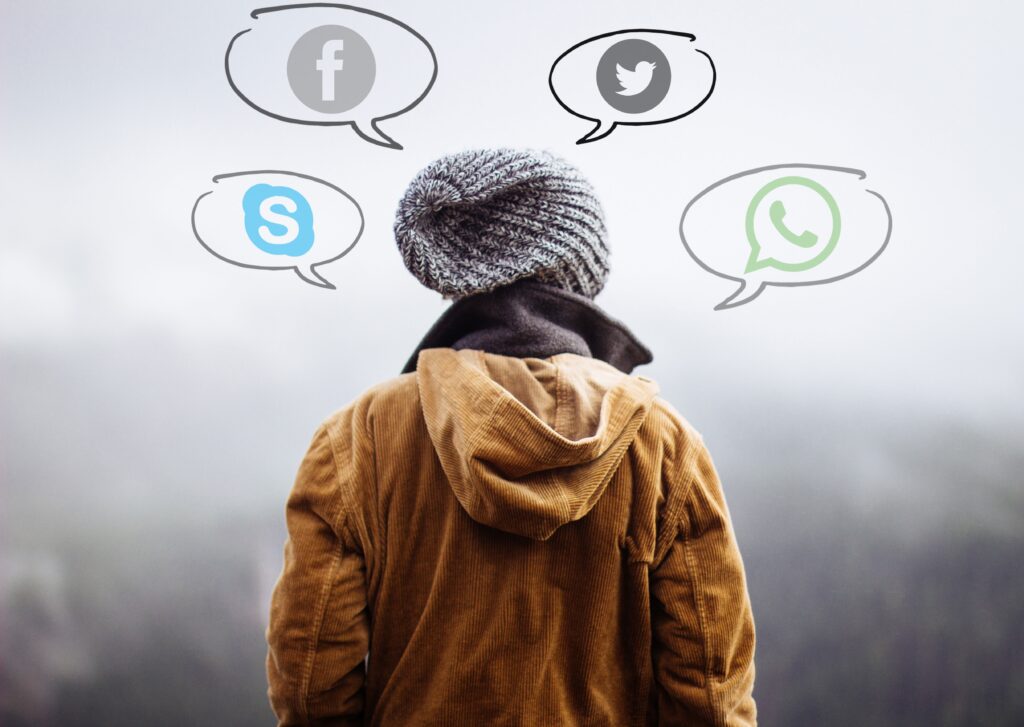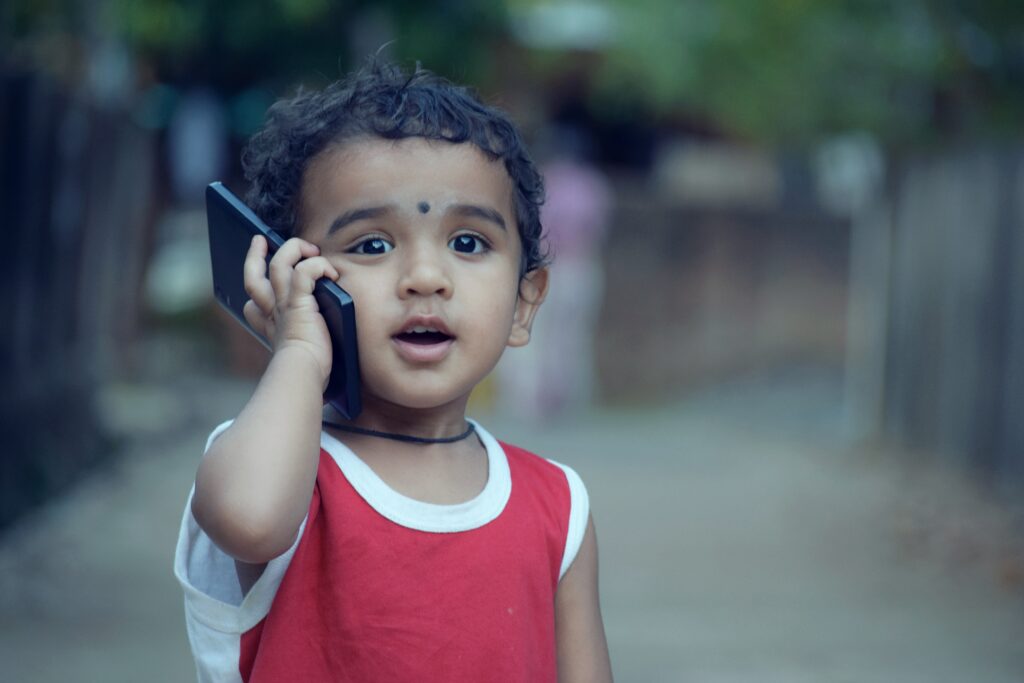We all love technology. What’s life without the convenience of the digital world? Technology has become part of our lives in every aspect. From workplaces, places of worship, schools, our homes and recreational places, we are surrounded by digital equipment. To many, a day without the use of a mobile device is a day wasted. With online classes, educational vlogs and blogs that answer questions, surely online is the place to be?
But there are so many consequences and side effects caused by the technology we love that it can lead to our destruction if not used well. Here are some of the things none of us wants to happen:

Scamming and Phishing
This is actually a career. There are thousands of scammers on the net and their working environment is on digital platforms. Every day hundreds of people are robbed of their money through swindling schemes and malicious software. Attacks are usually aimed at new internet users and people who are not tech savvy. Their websites are usually designed to match a site you visit frequently. In the blink of an eye, you’ve given your valuable confidential information without knowing it. Strategies include pishy emails, SMSes, phone calls and online chats. Ever won a competition you didn’t enter? Yeah, it’s those guys. They mean business.
Relationships can be affected
Relationships end every day because of social media. Screenshots of DMs and WhatsApp messages are grabbed and shared in public. It’s not easy these days to share personal information or your true feelings with anyone you do not trust. You will be munched and made a laughing stock of, mocked and ridiculed. This also affects intimate relationships. In a world where you can change your relationship from single to married, married to complicated with just the tip of your finger, nothing is guaranteed. You may be surprised when you open Facebook to discover that your long-time partner has declared their relationship status as single.
Family and friends don’t fall short of this disadvantage either. The chance of visiting and talking with them is limited. People live and meet online nowadays. Blocking is also not friendly. If you bother your partner online, they will block you. Sad.
Trends and Influence
The digital world is a trend of its own. It will influence you one way or another. The adverts we see every day, the trending topics on social media, soapies and movies — they all shape us, shape the way we think about and view things. If you see a jacket that looks good on your friend on Facebook, your next plan might be to cop it as well. When you log on to Twitter and find a hashtag trending, even when you know little about the subject, you will want your opinion to be heard. At times we even join tags that don’t represent us.
Financial Risks
Today you can purchase your dream house, car, phone, meal and clothes from the comfort of your camp chair and get free delivery as well, although not on houses. Yet all these things are risky and can have your wallet empty in a split second. If you decide to out to buy a meal, you might just meet a friend on the way and have them buy you an even better meal. Online, before you’ve even made up your mind, your bank is reporting a deduction from your account and a phone call of delivery comes next. While you’re still downloading that series you love, bundle rates deplete and next thing you find that your app has placed an order for another 5GB of data. It’s crazy.
Health Issues
With all this tech helping us in everything we do, the chance of standing up or walking out is limited. You can do all your daily duties from your bed. Sarah Kimmorley, the editor of Business Insider, shared some of the disadvantages of sitting too long, and they do not look good. The article included low energy expenditure, chronic pain, obesity and rheumatic disorders. It’s important to get up for a short walk and have a little run now and then.
Technology and its digital world are around us. We need to embrace it and live with it. But we have to stay woke!

For children, internet access is a double-edged sword. In other words, being able to get online can be both good and bad for kids.
On the good side, digital technology can connect a child to information and to a larger community. It can bring future opportunities for work and career.
But on the bad side, it can also bring great harm and stress – especially for a child who does not know how to use the internet thoughtfully.
A new report from the United Nations International Children’s Emergency Fund, or UNICEF, explores both the good and bad of the internet for young people.
The dangers of the digital world
UNICEF reports that one in three internet users around the world is a child. Even though so many children are online, the organization says little is known about the impact of digital technology on child’s well-being.
More importantly, the report finds that little is being done to protect children from the dangers of the digital world.
For example, many children around the world have a digital footprint before they can actually walk and make real footprints. Parents often post photos of their children and share stories about them. And a child’s medical records may be stored in the cloud.
As children grow, they may share additional details about themselves or photos and videos of themselves. But making all this personal information public may put a child at risk.
Lawrence Chandy, Director of Data Research and Policy for UNICEF explains that these risks include the misuse of children’s private information, access to harmful content and cyberbullying.
Besides, cyberbullying, Lawrence Chandy says children are also at risk from online criminal networks. These criminals target children for some of the worst forms of exploitation and abuse, such as human trafficking and online child sexual abuse.
He says safeguarding children’s privacy on the internet is an issue of major concern.
“We really emphasize the importance of putting in place safeguards to prevent children’s personal data from falling in the wrong peoples’ hands and protecting their identities. This is an issue which is only going to grow in importance.”
UNICEF is asking governments, schools, businesses in digital technology and telecom industries to make these two things priorities: giving more children access to the internet; and then protecting them when they are online.
If your child is online, please follow the below safety advice.
Know the online sites your child uses. You know the physical places where your child hangs out and who they are hanging out with. So, you should also know where they are online and with whom.
Set house rules. Decide how much time your child spends online and how they use the internet.
Teach them to protect their own privacy. Tell them:
– never to give their name, phone number, e-mail address, password, postal address, school, or picture without your permission;
– not to open e-mail from people they don’t know;
– not to respond to hurtful or disturbing messages;
– not to get together with anyone they “meet” online.
Keep the computer in a central spot in your home. It is easy to watch your child’s use of the computer if the device in a commonly-used area, like the kitchen.
Use software and other technologies to your advantage. Use safe-surfing options such as filters and privacy settings on your child’s browsers. But know that a child who knows computers may be able to change these settings.
Parents, caregivers, teachers and school administrators, businesses and policymakers need to work together to ensure safe access and protect children from the possible harm of an ever-growing digital world.
If you thought you could coast when it comes to talking to your child about social media until she is well into her teenage years, think again. Even though kids under 13 aren’t technically allowed to use social media sites like Instagram, many grade-school kids are working around the system. In fact, the number of children using fake birthdays and a parent’s email address to create accounts on popular social media sites (whether they have permission or not) is a bit startling:

According to 2017 research from Ofcom, the regulator for the communications services in the United Kingdom, about 28% of 10-year-olds, 46% of 11-year-olds, and whopping 51% of 12-year-olds surveyed had a social media profile. That means instead of kickball, conversations at recess for your fourth grader may very well be focused more on who posted what on Facebook last night. Scary, we know.
There are no doubt perks to having kids the proper age connecting with their peers on social media. Platforms like Instagram are full of inspiration for kids to celebrate the achievements of others and be creative with how they express themselves. But parents should also be aware of potential exposure to cyberbullying and inappropriate content. Younger children, in particular, may not realize the consequences of their online actions, which may put them in compromising situations. These are risks that the popular photo-sharing app is taking seriously.
Here are a few tips to get you started when it comes to teaching your child good social media habits early:
Start Early
Ana Homayoun, M.A., P.P.S, a social media expert and the author of Social Media Wellness: Helping Tweens and Teens Thrive in an Unbalanced Digital World, who worked with Instagram to create A Parent’s Guide, says parents should start the conversation around social media early. “Even if kids aren’t on social media, many are online from an early age and using different websites,” she says. “In my experience, kids aren’t being informed about Instagram and other social media apps from their parents–they are learning from friends, peers, older siblings, and other influencers–so it is important that parents take an active role in encouraging conversations.”
“I encourage coming from a place of curiosity and ask open-ended questions to help children identify why they want to join Instagram, what they think a positive experience on Instagram would look like for them, and who they could turn to if something feels uncomfortable and doesn’t go as planned. Doing so allows them to proactively think about how they would define and create a positive online user experience,” says Homayoun. She suggests using the three S’s–healthy socialization, effective self-regulation, and overall safety–as a guide for framing the discussion.
Prioritize Privacy
“A lot of people don’t always know they have the ability to be private on Instagram,” says Lori Malahy, research lead at Instagram. Turning your account on private mode means that only approved followers can view, comment, and like your content. This could prevent your child’s personal information from ending up in the wrong hands. Take a cue from Dan Zigmond, director of analytics at Instagram, who required his kids to have a private account and personally know all their followers.
Enforce Good Etiquette
Receiving mean comments on social media can hurt a child’s self-esteem – and writing the comments can get them into trouble. Talk with your child about proper social media etiquette, and utilize the tools outlined in Instagram’s resource guide. For example, the app lets you filter out offensive or inappropriate words from your comments.
Set Time Limits
Tweens are still developing self-discipline, so it’s not unusual for them to spend hours on social media platforms. Work together to determine an appropriate amount of time they should spend on apps each day, whether it’s 15 minutes or one hour. You can also take advantage of Instagram’s Activity Dashboard, which lets you control usage and limit distractions like push notifications.
Teach Them Accountability
Cyberbullying is increasingly common nowadays. According to the 2017 Youth Risk Behavior Surveillance System from the Centers for Disease Control and Prevention, nearly 15% of surveyed high school students were electronically bullied in the previous 12 months. Thankfully, Instagram lets users control bullying by removing hateful comments, reporting negative behaviour, and blocking individuals. “One of the most important things I’d like my son to understand is that things that happen online can affect how people feel offline,” says Ian Spalter, the director of design at Instagram. “It’s really important for them to take that into account with whatever actions they take online.”
Knowing the importance of this serious threat for the future generation Y2ktots Foundation have launched a workshop name “DIGITALLY CAGED” which gives inputs on the good social media and digital life habits. How to avoid the risks in exposing your privacy and security in social media and the digital world you are in. These workshops will be handled by cybersecurity experts and would be carried out in schools, offices, IT Parks, Residential complexes and where it is needed.
If you are interested in knowing more about the workshop or would like to hold a workshop in your premises kindly fill in the below form and submit. We would get back to you within 48 hours.